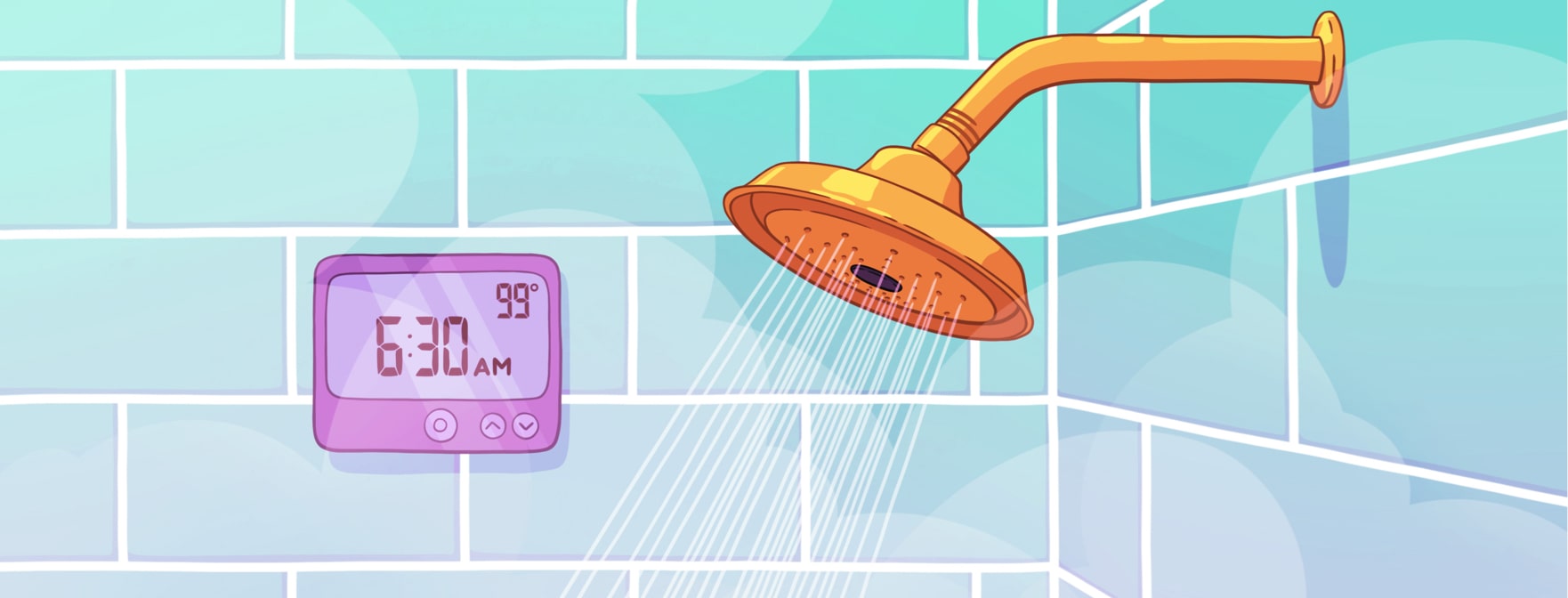Does Taking a Long Shower Affect Your Psoriasis?
I always shower each morning before heading out the door to work or seeing friends and family. It freshens me up and makes me feel ready to start the day after being in bed.
I’ve always wondered, though, as it relates to my sensitive skin and potential psoriasis triggers, how long I should spend in the shower, what temperature the water should be, and whether or not I should use particular shower gel, shampoo, and conditioner.
How water temperature impacts my psoriasis skin
Over the years, I’ve noticed that when I spend a long time in the shower, my patches feel angrier and itchier and become more of a nuisance. I think the water temperature matters too. When I use hot heat, my patches feel angrier and itchier, becoming more of a problem.
Sometimes I try using a colder temperature and spending less time in the shower. To some degree, this does help, and my lesions don’t feel so temperamental, and they certainly don’t itch as much. Taking a colder shower can be helpful in the summer when the temperatures are higher, but I struggle to put up with it in the winter.
Shortening my shower time seems to improve my psoriasis symptoms
Spending less time in the shower is easy, but you must also ensure you have adequately washed. I try to limit my time to around 8 minutes, which I don’t think is too long. Within this time, I can clean my entire body and put shampoo and conditioner in my hair. It’s lovely when it’s over; I know I’ve set myself up for the day.
If it’s been a hectic week at work, there’s nothing better than running the hot tap or letting hot water stream down your body as you begin to relax and enjoy being at home. However, I sometimes like to have a more extended shower or bath. As I’ve said, though, this can come with problems.
Moisturize, moisturize, moisturize
When the shower is done, I apply moisturizer. This helps. But not entirely so. If the skin lesions have become irritated from the water temperature or the length of time I’ve spent in the shower, then while it soothes the patches, they are still itchy and can become a rather annoying nuisance.
Emollients in the shower, while the water is on, can help further, but I’ve noticed they don’t do too much, and my skin still feels much angrier and itchier afterward.
What does your shower routine look like? How does your psoriasis play a role?
I wonder, too, if my skin is irritated from the length of the shower time and the temperature of it, is it leading to a break out of more patches? Do my patches increase in size because of the irritation? I have certainly felt over the years that that is the case.
It’s never a good idea to do something that actively irritates your patches, so progress with a long, hot shower with caution if you find that to be the case. Try altering the dial of your unit so the temperature is and spending less time in the shower overall. Hopefully, that will help.

Join the conversation